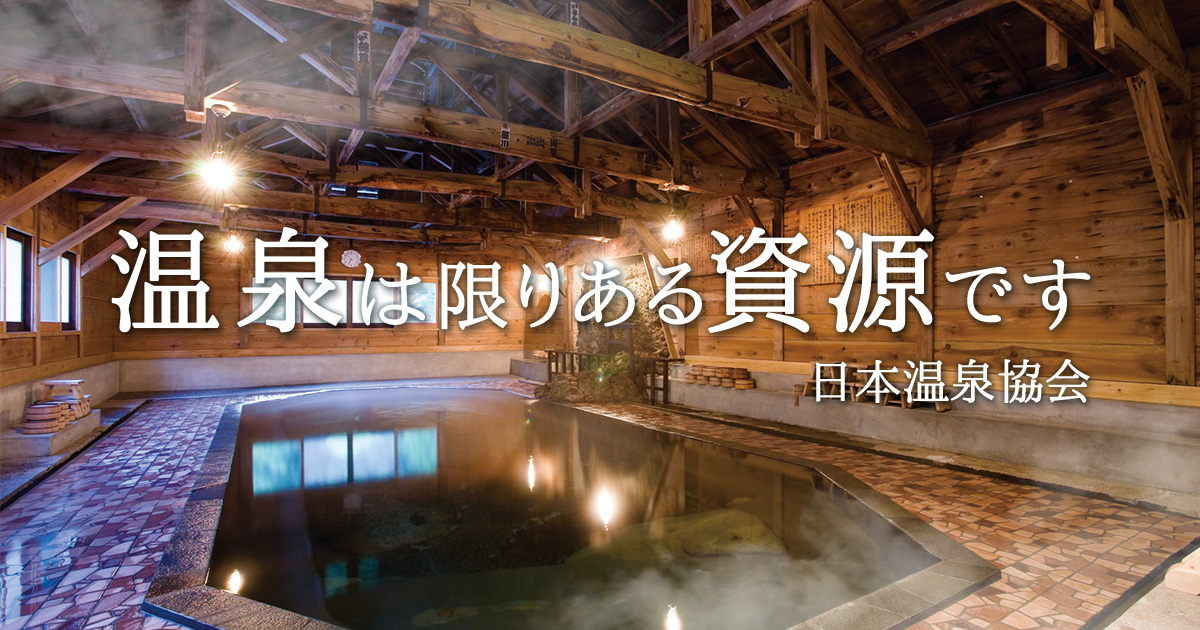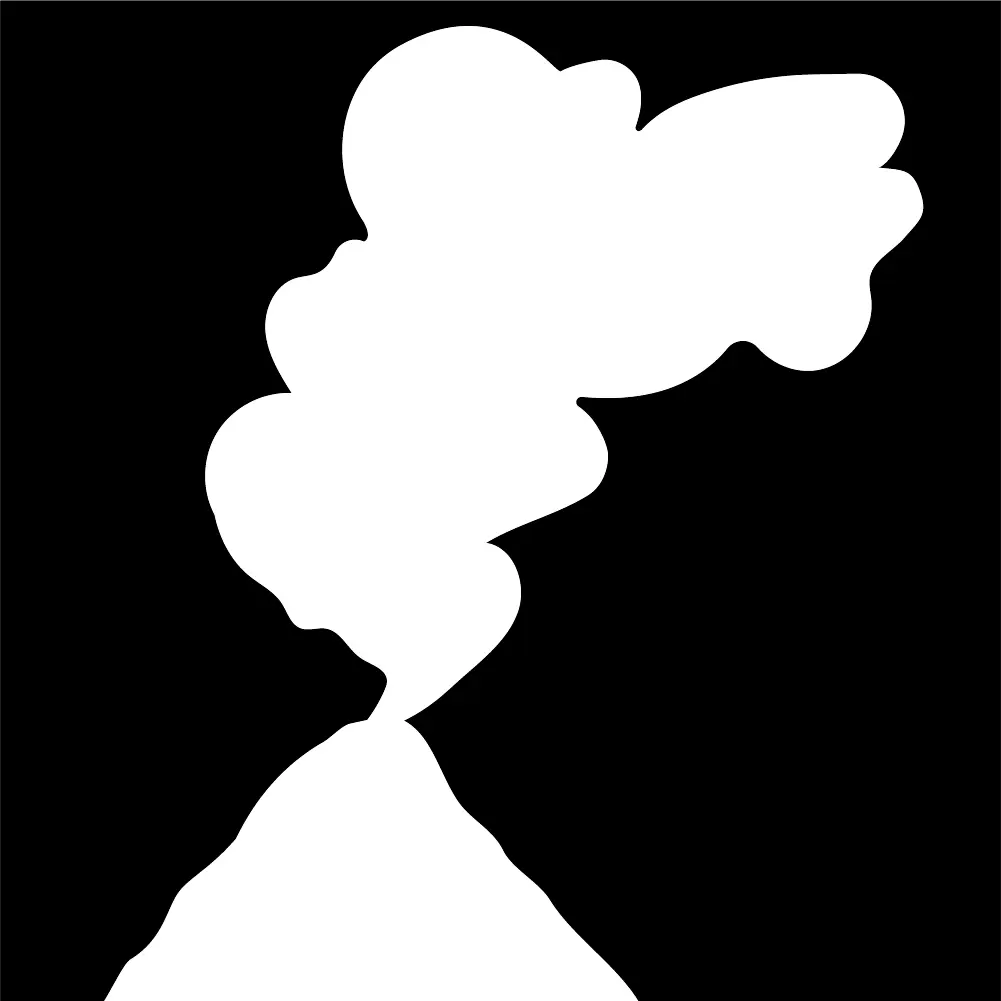Tanken's Hot Spring Evaluation System
Let us explain how the Secret Hot Spring Map defines "secret hot springs." On this site, we don't simply define secret hot springs as those that are difficult to access. Even if access isn't particularly challenging, we aim to introduce hot springs from various perspectives, including those with beautiful scenery, cultural value, or deep historical significance.
On this site, we exclude non-hot spring facilities such as super bathhouses that simply heat regular water. We basically introduce only those that are officially recognized as hot springs according to the definition of hot springs.
Definition of Hot Springs
According to the Japan Hot Springs Association, hot springs are defined as follows:
In Japan, hot springs are defined by the "Hot Springs Law" as "hot water, mineral water, steam, and other gases (excluding natural gas mainly composed of hydrocarbons) that emerge from underground and have the temperature or substances listed in the attached table."
Therefore, if the temperature when emerging from underground is 25°C or higher, it qualifies as a hot spring. Even if it's below 25°C, if it contains any one or more of the specified substances (from 19 items) in the prescribed amounts, it qualifies as a hot spring. Steam and gases can also be classified as hot springs if they meet the conditions.
Substance Name | Content (per 1kg) |
|---|---|
Dissolved substances (excluding gaseous ones) | Total 1,000mg or more |
Free carbon dioxide (CO2) | 250mg or more |
Lithium ion (Li+) | 1mg or more |
Strontium ion (Sr2+) | 10mg or more |
Barium ion (Ba2+) | 5mg or more |
Ferrous or ferric ion (Fe2+, Fe3+) | 10mg or more |
Manganese ion (Mn2+) | 10mg or more |
Hydrogen ion (H+) | 1mg or more |
Bromide ion (Br–) | 5mg or more |
Iodide ion (I–) | 1mg or more |
Fluoride ion (F–) | 2mg or more |
Hydroarsenic acid ion (HAsO42-) | 1.3mg or more |
Metaarsenic acid (HAsO2) | 1mg or more |
Total sulfur (S) [corresponding to HS–+S2O32-+H2S] | 1mg or more |
Metaboric acid (HBO2) | 5mg or more |
Metasilicic acid (H2SiO3) | 50mg or more |
Sodium bicarbonate (NaHCO3) | 340mg or more |
Radon (Rn) | 20 (units of one ten-billionth curie) or more |
Radium salt (as Ra) | One hundred-millionth mg or more |
This site introduces hot springs that meet the above conditions.
What is a "Secret Hot Spring"?
According to Google search, a secret hot spring (hitou) is a hot spring that quietly exists in hard-to-access places such as deep mountains or remote islands, springing forth unknown to many. Around 1975, Hifumi Iwaki, who is the origin of the term "secret hot spring," coined this word and established the Japan Secret Hot Spring Association to preserve the charm of remote hot springs for future generations.
This defines secret hot springs as those located in hard-to-access places. While our site certainly introduces hot springs that are difficult to access, we also plan to feature hot springs that are easily accessible but have high value in terms of spring quality, history, and culture, as well as newer hot springs where you can enjoy spectacular views and pristine nature.
Originally, we evaluated hot springs using a single scale called "secret hot spring level" as follows, but we reconsidered: Are truly valuable hot springs really secret hot springs? Are secret hot springs the only ones worth introducing and sharing? We thought not, and redefined our approach.
1: General
2: Somewhat secret
3: Secret hot spring
4: Quite secret
5: Super secret
As a result, we decided to evaluate each hot spring from the following perspectives.
"Secret Hot Spring Map Tanken" Hot Spring Value Definition
We evaluate hot springs from three main perspectives:
- Access (Difficulty of Reaching)
- Scenery & Atmosphere (Natural Environment & Remote Feeling)
- Hot Spring Value (Spring Quality, History & Culture)
Access (Difficulty of Reaching)
This literally evaluates the difficulty of reaching the hot spring. Can you reach the hot spring by car? Even if you can reach a parking area, how much walking is required from there? Even for hot springs accessible by car, some require four-wheel drive or driving through mountain roads for extended periods. We classify these various characteristics into levels 1 to 5 for access evaluation.
Level 1: Can be reached via paved roads, with parking available right next to the facility.
Level 2: Can be reached via paved roads with parking available, followed by a walk of 15 minutes or less.
Level 3: Roads are unpaved, with parking available, followed by a walk of 15 minutes or less.
Level 4: Either paved or unpaved roads with parking available, followed by a walk of up to 1 hour.
Level 5: Either paved or unpaved roads with parking available, followed by a walk of more than 1 hour.
Scenery & Atmosphere (Natural Environment & Remote Feeling)
Scenery and atmosphere are evaluated based on the surrounding environment of the hot spring facility and the atmosphere experienced while bathing. We evaluate from perspectives such as whether the hot spring is located in a city, in pristine nature, on a high mountain, or by the sea.
Level 1: Hot springs located in hot spring towns, urban areas, or residential areas, surrounded by many buildings and artificial structures.
Level 2: Hot springs surrounded by nature but close to human settlements, where you can feel the atmosphere of rural landscapes and satoyama (traditional rural landscapes).
Level 3: Hot springs located in environments rich in nature, surrounded by deep forests or valleys with hardly any artificial structures visible.
Level 4: Hot springs surrounded by untouched nature where you can enjoy spectacular views and special terrain (waterfalls, cliffs, highlands, etc.).
Level 5: Hot springs located in hidden places not even shown on maps, surrounded by pristine nature with almost no human traces.
Hot Spring Value (Spring Quality, History & Culture)
For hot spring value, we evaluate the nature of the hot spring and its historical and cultural aspects. While we plan to primarily feature natural flowing hot springs, some hot springs use circulation systems, which we also consider in our evaluation. Regarding history, there are many hot springs with long histories as therapeutic bathing places, and some that have become integrated with local townscapes and people's daily lives. We want to evaluate such hot springs within the hot spring value category as well. As a side note, the administrator loves sulfurous, milky white hot springs, so there might be some bias – please understand.
Level 1: Circulated hot springs with no particular distinctive spring quality characteristics. Relatively new hot spring facilities created for tourism and leisure purposes.
Level 2: Natural flowing or well-maintained circulated hot springs with good spring quality. Hot springs with decades of history beloved by locals, offering therapeutic effects and distinctive water feel.
Level 3: 100% natural flowing hot springs.
Level 4: 100% natural flowing hot springs with distinctive spring qualities (carbonated springs, sulfur springs, iron springs, etc.).
Level 5: 100% natural flowing hot springs with distinctive spring qualities (carbonated springs, sulfur springs, iron springs, etc.) that also have historical and cultural value.
Conclusion
The Secret Hot Spring Map evaluates hot springs from the three perspectives mentioned above: Access (difficulty of reaching), Scenery & Atmosphere, and Hot Spring Value (spring quality, history & culture). Please note that evaluations are based on the administrator's subjective views, so if you have any concerns, please feel free to contact us through our contact form. We plan to develop review functions that incorporate everyone's evaluations in the future, but currently, we only feature the administrator's comments and evaluations. Thank you for your understanding.
If you have concerns about our definitions themselves, please also contact us through our contact form.

